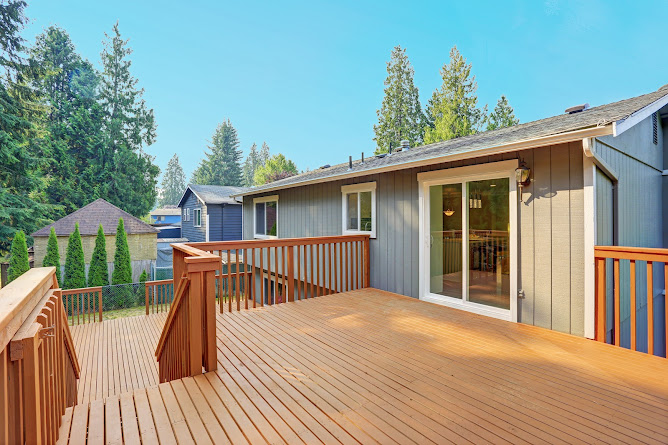Fire bricks, also known as refractory bricks, are a specialized type of brick designed to withstand extremely high temperatures. Their unique properties make them essential in a range of applications where exposure to heat, fire, and intense thermal conditions is a concern.
Composition of Fire Bricks
Fire bricks are manufactured using specific materials that provide them with exceptional resistance to heat. The primary components of fire bricks are:
- Alumina (Al2O3): Alumina is a key ingredient in fire bricks, contributing to their ability to endure high temperatures. The higher the alumina content, the greater the heat resistance of the bricks.
- Silica (SiO2): Silica is another important component that helps stabilize the refractory properties of the bricks. It also contributes to their resistance to thermal shock.
- Clay: Clay serves as a binding material and helps with the formation and shaping of the bricks during manufacturing.
- Other Additives: Depending on the desired properties, small amounts of other materials like zirconia, chromia, and magnesia may be added to enhance specific characteristics of the bricks.
Types of Fire Bricks
There are several types of fire bricks, each engineered for different temperature ranges and applications:
High-Alumina Fire Bricks: These bricks contain a high alumina content (typically over 50%) and are capable of withstanding temperatures exceeding 1,800°C (3,272°F). They are used in industries such as steel manufacturing, ceramics, and glass production.
Silica Bricks: Silica bricks are well-suited for environments with temperatures up to 1,650°C (3,002°F). They are commonly used in coke ovens, glass furnaces, and the iron and steel industry.
Insulating Fire Bricks: These brick has lower thermal conductivity and are designed for use in applications where insulation is critical. They are often used in kilns, furnaces, and as backup insulation in high-temperature processes.
Magnesia Bricks: Magnesia bricks are highly refractory and can withstand temperatures up to 2,800°C (5,072°F). They are utilized in industries such as cement production and non-ferrous metal refining.
Chrome Bricks: Chrome bricks contain a high percentage of chromium oxide, making them suitable for applications involving corrosive and high-temperature environments, such as in chemical plants.
- Furnaces: Fire bricks are integral components of industrial furnaces used for metal smelting, ceramics manufacturing, and heat treatment processes.
- Kilns: In pottery, glass, and cement production, kilns rely on fire bricks to maintain high temperatures consistently.
- Boilers: Fire bricks are used in the construction of boilers and combustion chambers, where they withstand extreme heat and contribute to energy efficiency.
- Fireplaces and Wood Stoves: In residential settings, fire bricks line fireplaces and wood-burning stoves to contain high temperatures and prevent structural damage.
- Chemical Processing: Industries involved in chemical processing and petrochemicals rely on fire brick to construct reactors and vessels that handle corrosive chemicals at elevated temperatures.









